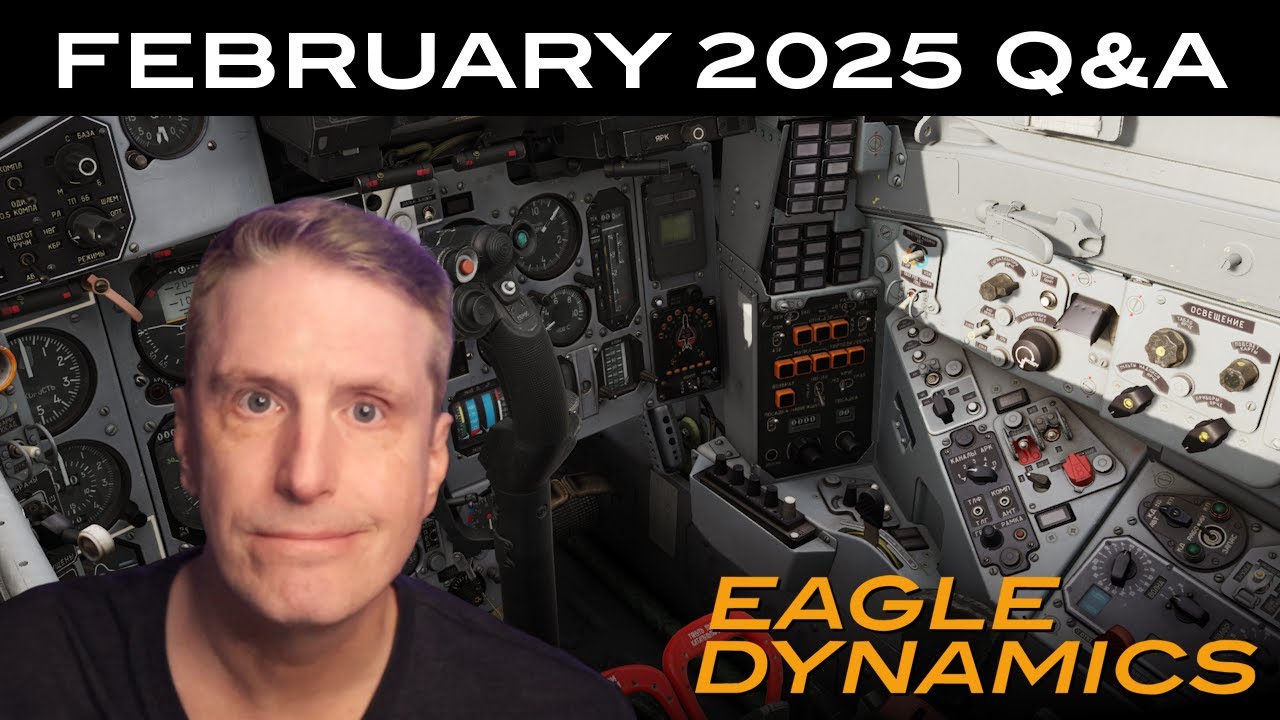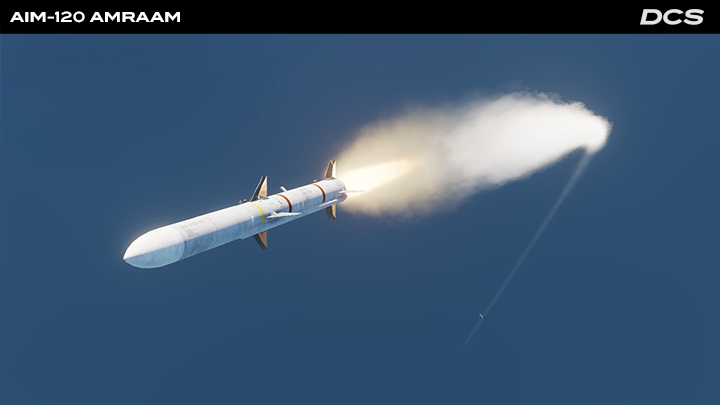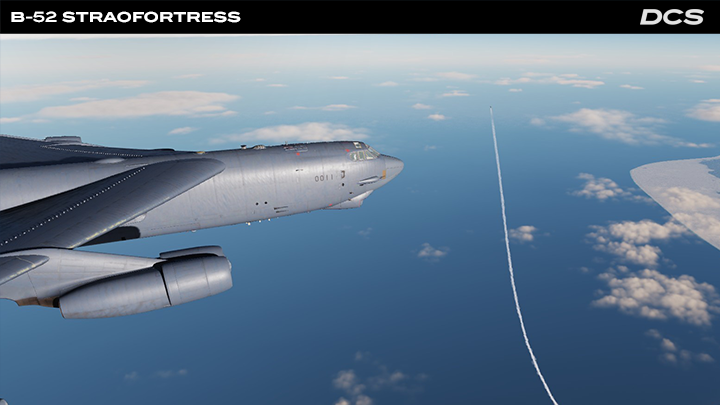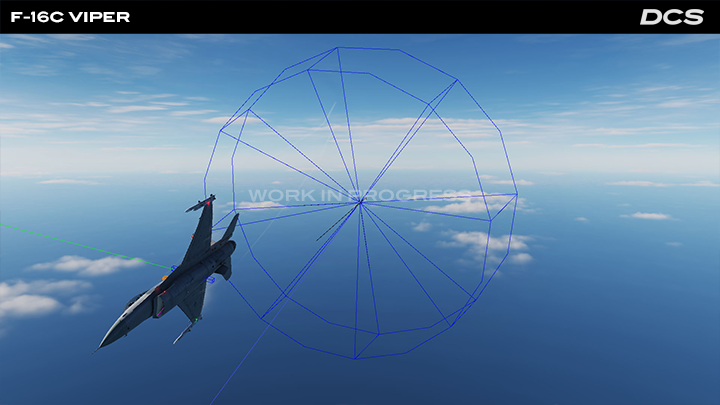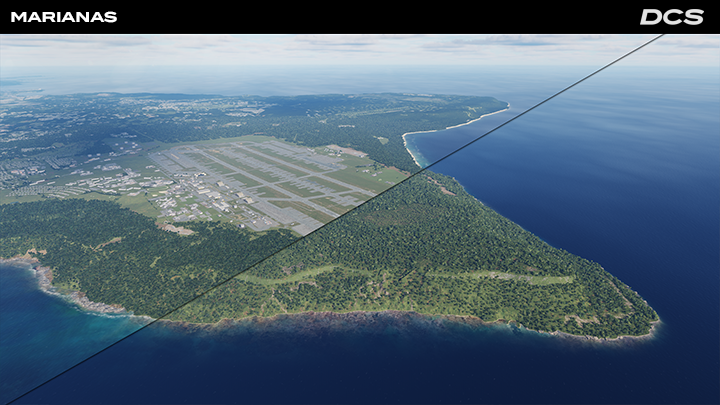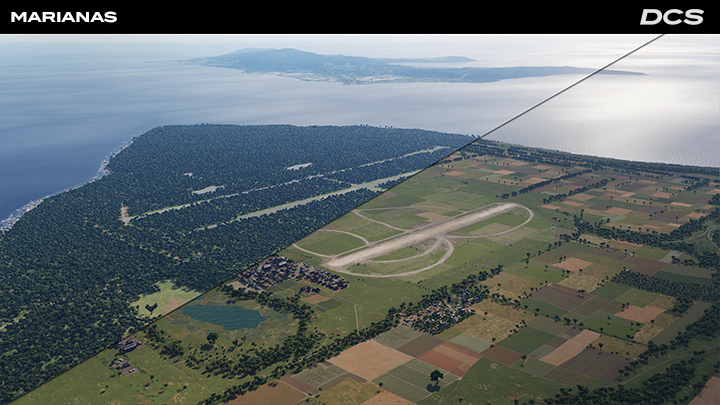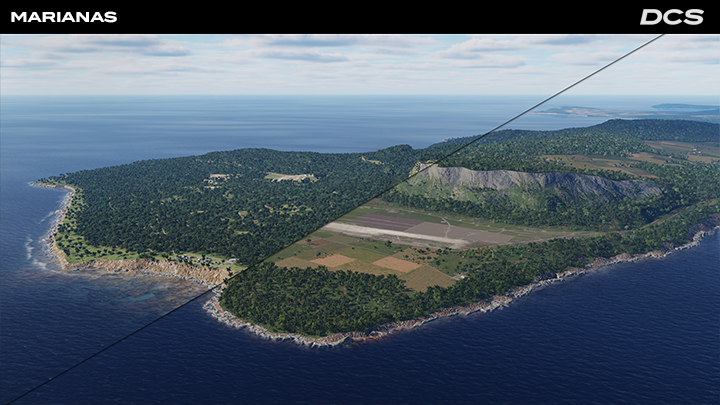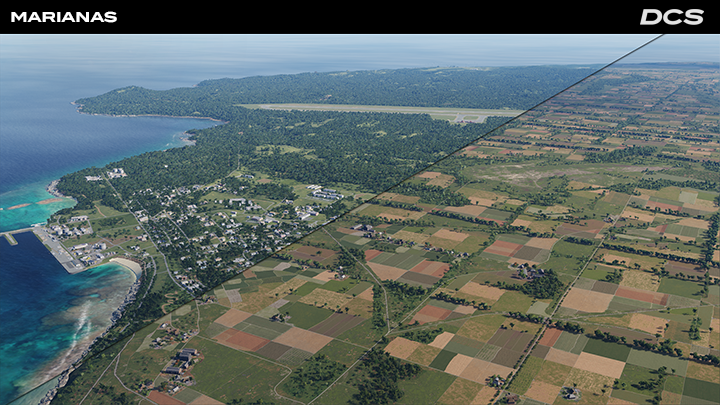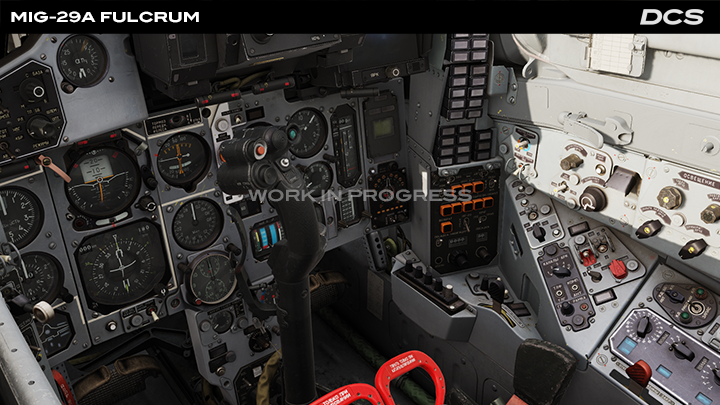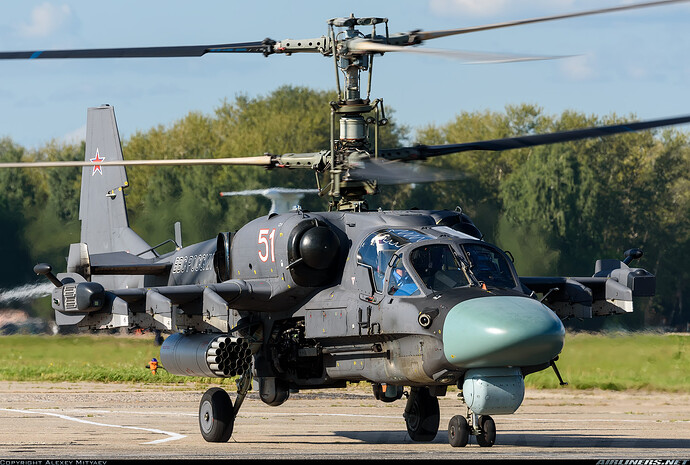So many games to try- so little time…
@Derbysieger & @chipwich you two have a bit more experiance than myself with the WW2 birds in DCS… I just ran an intercept on some Ju88s with a mossie … got them … but by god are their gunners trigger happy… and how much ammo do they carry, are the reloads modeled for the gunners, i thought they had 100 round drums, but these guys just fired constantly for a couple of min, i was well out of range but they just kept going their skill level was average
Since I mostly fly the Anton I only really have experience intercepting B-17s and A-20s. I imagine it’s similar to B-17s in terms of tactics (A-20s without escorts are just cannon fodder). What you want to do is slashing attacks from the sides or head-on passes. It’s very important to keep your energy up during an attack and don’t “park” behind the formation. I’d aim for diving attacks with a roughly 3000ft/1000m advantage, dive - shoot - reset above the formation outside gunner range and repeat.
I agree with what Derby said. I prefer slashing attacks from high to low from one of the front quarter or side. Keep your E up but don’t make your dive too deep, so that you can reengage. Beware of escorts.
I agree with both statements above. My bomber intercepts look like a yo-yo. Dive through the formation. Never sit still. Or Weave from one side to the other. Sitting behind them, no matter how much firepower you have is a receipe for disaster.
I have been flying the 109 some lately. Everything was going well until I tried a cold start. Once I got in a DF I cant get the cannon to fire. Dash button is on Cannon and not rockets, Machine guns fire, so its not the “Master arm switch”. I looked over Chucks guide… I am stumped.
Huh. I never had a problem… are all the CBs on the right panel in (except the external lights)? I think the cannon is electrically fired?
Silly question, does the cannon have ammunition in that mission?
Uhmmmm… Let me look at the load out page. I think its good but worth checking
Did you charge the cannon? If you do it at low power or without the engine running you should hear a pretty distinct “ca-chink” sound after which it’s ready to fire
Ok, How do I charge the Cannon. I’ve only had this module since new jeeeeze, Louise!
It should be on the stick. If you set the filter to your stick you should easily find it. There aren’t many buttons on it.
OMG! Thats funny. No, its no HOTAS Stick, for sure. Thank You
28th February 2025
Dear Fighter Pilots, Partners and Friends,
In this newsletter we highlight several new weapons features that will noticeably improve gameplay. These have been developed over the past several months and focus both on air-to-air and surface-to-air missiles. Please read the details below.
For those looking forward to experiencing the Mariana Islands during the pivotal battles in the summer of 1944, please check out the Marianas 1944 development screenshots below. These images highlight some of the key differences between the modern and World War II versions of the terrain. We kindly remind you that the modern day DCS: Marianas is free, as will be the upcoming World War II version.
The DCS Q&A Part 2 video is now available on Matt Wagner’s channel. Please watch it for some insight into our development priorities and answers to many of your most pressing questions. Many thanks to all of you who sent in questions! Watch now.
Thank you for your passion and support.
Yours sincerely,
Eagle Dynamics
Weapons
Development Progress
Appearance of Missile Contrails at Low Temperatures
Modern missiles use reduced-smoke solid-fuel rocket motors, as well as liquid-fuel motors. However, these cease to be “low-smoke” at altitude due to the drop in air temperature. The exhaust of solid-fuel missiles, such as the AMRAAM’s HTPB/AP fuel, contains Hydrogen Chloride HCl, which at low temperatures forms crystal hydrates that generate a dense contrail. The exhaust of liquid-fuel missiles contains water vapor, which also generates a dense contrail in cold air.In winter, a contrail can appear even at low altitudes. At Arctic temperatures, the contrail may appear even at ground level.
In the screenshot, an F-15C aircraft launches a missile at a target high above it. As illustrated in the image, the first part of the missile’s flight has a “low-smoke” trail where the air temperature is above -25°C. As the missile climbs, a dense contrail appears as the air temperature falls below -25°C.
On the Kola map, you can set the air temperature down to -30°C, and this results in “low-smoke” missiles having trails at surface level. This is an important tactical point, as the smoke trail reveals not only the missile launch but also its trajectory.
Trajectory Fluctuations of Older Generation Surface-to-Air Missile (SAM) Systems
We recently added authentic guidance algorithms for the older Soviet SA-2 and SA-3 SAM systems. Due to the low angular accuracy of first generation radars, and the design features of the radio command control system, noticeable fluctuations are observed in the flight path of SAM missiles. These limitations lead to increased errors in the targeting, which was compensated for by large warheads.
We have implemented two guidance modes for these missiles. By default, the improved proportional navigation mode is used, but if the target uses a jammer, or has a velocity of less than 100 meters per second, pure pursuit is used.
Realistic Pattern of Proximity Fuze
We recently added new and more realistic SAM missile proximity blast patterns for fuzes. The proximity blast pattern is now a more realistic, “wagon wheel” shape rather than spherical.This allows the SAM missile warhead to more effectively fuze when the target is in the lethal area of the expanding rod zone. This increases the SAM lethality. This new mechanism allows us to set unique shapes and sizes of patterns based on fuze and warhead types. It is an important step in the development of munitions for DCS. You can expect the first implementation of this feature for the AIM-120 air-to-air missile in the next update.
Marianas 1944
Development Progress
The free Marianas 1944 map currently in development will focus on the brutal battles between the United States and Japan for the islands of Saipan, Guam, and Tinian in the summer of 1944. This coincided with the Battle of the Philippine Sea that saw large-scale naval warfare between aircraft carrier task forces.
World War II History and Key Battles
The Mariana Islands became a flashpoint in 1944, and it shaped the outcome of the Pacific Theatre of Operations (PTO). Three major operations stand out:
- Battle of Saipan (15 June – 9 July 1944)
- Battle of Guam (21 July – 10 August 1944)
- Battle of Tinian (24 July – 1 August 1944)
Each of these iconic battles, fought across rugged terrain in sweltering summer heat, showcased the evolving tactics of amphibious warfare combined with naval close air support. These battles changed the course of the war in the Pacific by establishing air bases within striking distance of Japan.
Modern vs. 1944 – Island by Island
While the modern Mariana Islands map features contemporary infrastructure, airfields, and urban centers, the DCS: Marianas 1944 map will present a significantly different depiction of these islands.Guam
- Today: It is one of the largest U.S. military bases in the Pacific, and it includes expansive naval and air force installations that cover much of the island.
- WWII Era: Small towns, villages, and relatively little infrastructure.
Tinian
- Today: Sparsely populated and far removed from its former prominence in global history.
- WWII Era: An agricultural hub in the summer of 1944, it was later transformed into a crucial military staging area during the final stages of the war, including B-29 bombing missions over Japan.
Saipan
- Today: A popular destination with golf courses, resort areas, and recreational facilities, it reflects a strong tourism industry.
- WWII Era: Dominated by plantations and small-scale settlements.
Rota
- WWII Era & Today: Rota remains one of the lesser-developed islands in the chain, with minimal changes over the decades. Rota offers a quieter pace of life in the Marianas.
Pagan
- Today: Largely uninhabited since a volcanic eruption in the 1980s, it is mostly untouched by modern development.
- WWII Era: Home to a local population and Japanese military presence.
The goal of DCS: Marianas 1944 is to faithfully recreate the conditions that defined the battles of 1944. You can look forward to authentic period-based airfields, buildings, vegetation and agriculture, roads and rail lines. The 1944 version poses the unique challenges of older navigation technology, limited logistical support, and high-stakes amphibious operations. This WWII-era environment will offer an immersive glimpse into the intensity of the Pacific War.
We look forward to sharing more details on DCS: Marianas 1944 as development continues. In the meantime, make sure you explore the free DCS: Marianas map, and stay tuned for future updates on this thrilling journey back in time.
Q&A
by Matt Wagner
Your overwhelmingly positive response to Matt Wagner’s January Q&A has not gone unnoticed! Many new and interesting questions came from the previous video, so this one will seek to provide some answers, such as the status of the dynamic campaign and future aircraft development. Watch the February 2025 Q&A video.
Thank you again for your passion and support,
Yours sincerely,
Introduction of expanding rod warheads is interesting to me!
First, I haven’t watched it all, yet, but regarding the DC…
Been there, done that. My hope is, since they have insider access, it will be better than what I’ve been able to accomplish. How could it not be? We shall see. I still say many will find it lacking over time due to how the game play paradigm has evolved, as I see it. I wish them well and await this eagerly.
I foresee significant performance improvements as mandatory for background processes that this all would require; imagine a full-blown WWIII scenario - managing this as is currently designed would not be practical, IMHO.
And the AI would have to be improved, significantly.
Crossing my fingers.
mmm…I wonder what is the “other” helicopter they are working on … ![]()
![]()
Got to be a Cobra Right??? But what version?
….and in other news……SuperHornet….not If but When
![]()
I can’t be the only one to notice a sore lack of Sikorsky’s in DCS
